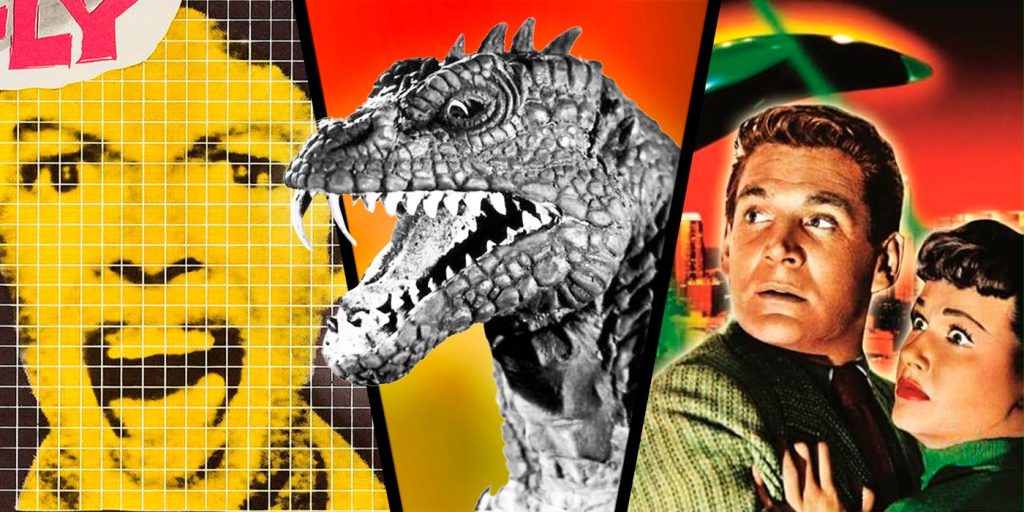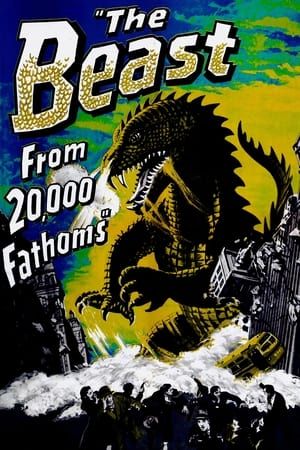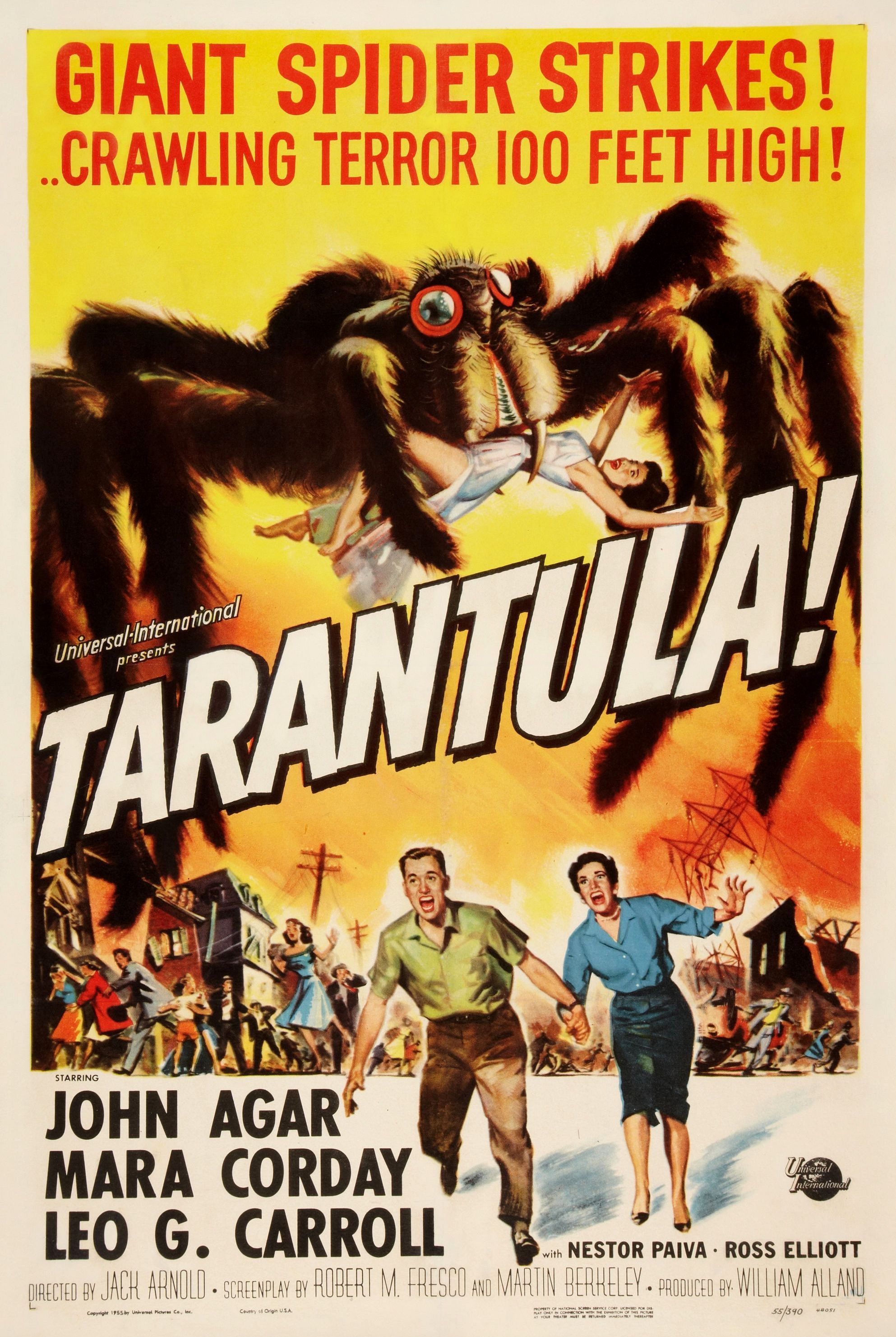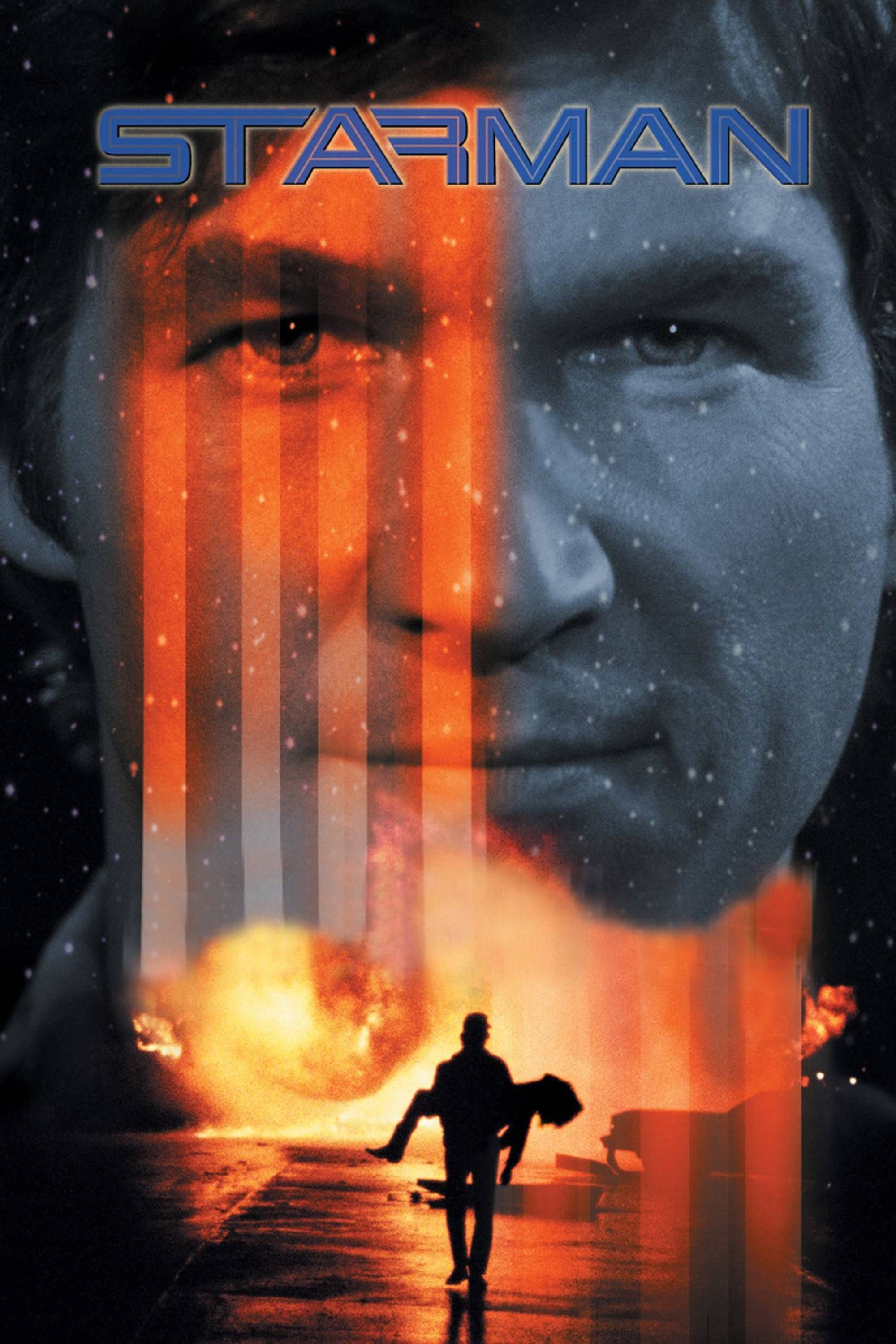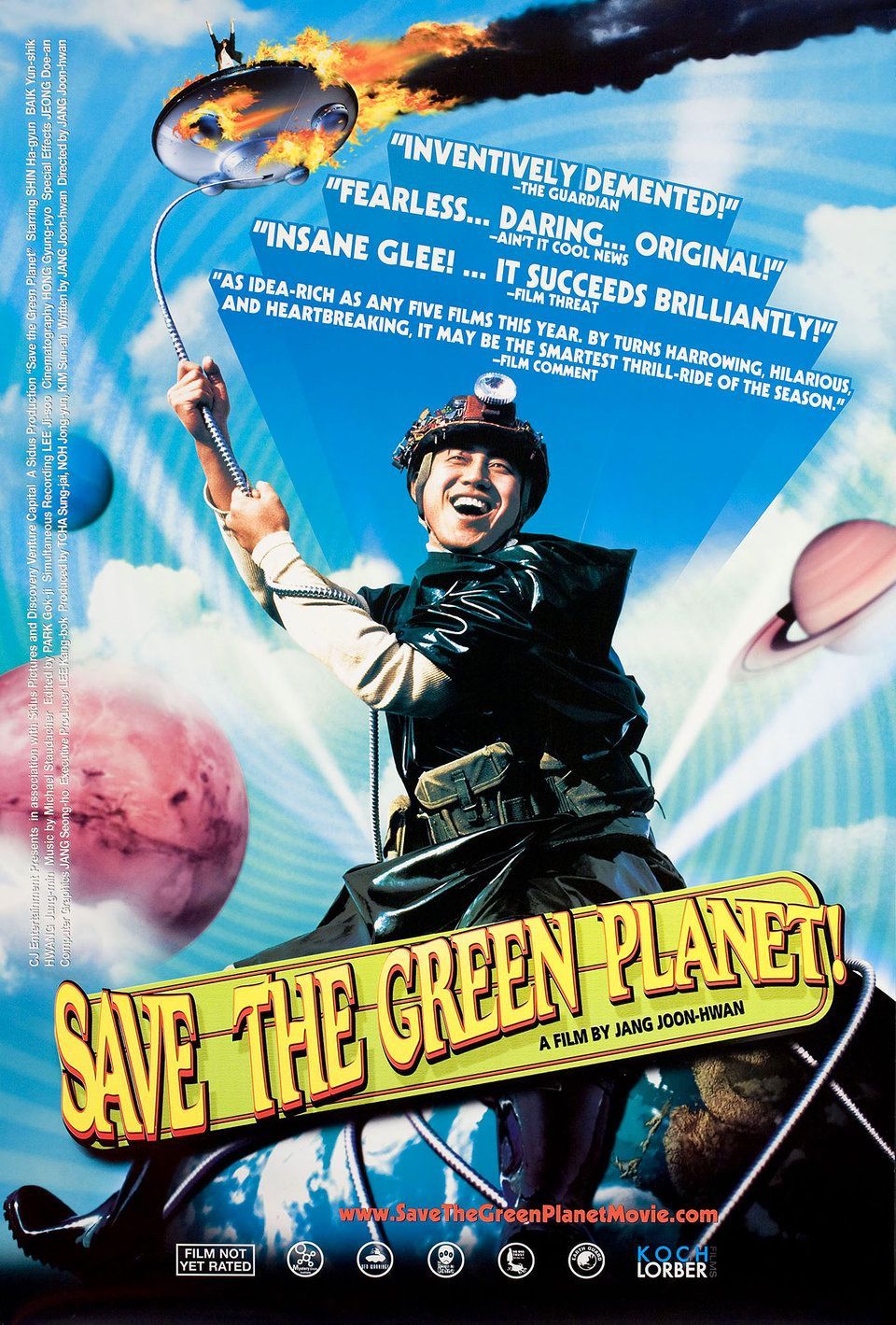The science fiction genre in cinema is roughly one hundred and twenty-five years old, with Georges Méliès’ A Trip to the Moon frequently cited as the film industry’s first major work within the genre. While the silent era produced many influential science fiction movies, such as Metropolis, The Lost World, and Dr. Jekyll and Mr. Hyde, for most of the twentieth century, science fiction movies were predominantly B movies.
That all changed in 1977 when Star Wars lit the box office on fire. Ever since, science fiction has remained arguably the most profitable genre at the box office. Currently, 14 of the 25 highest-grossing movies of all time are science fiction movies. However, despite the immense popularity of the science fiction genre, many iconic sci-fi films continue to fly under the radar and have been forgotten by modern audiences. Each film included in this article has under 100,000 ratings on Letterboxd.

Related
10 Best Modern Low-Budget Science Fiction Movies
From Moon to Annihilation, there are plenty of incredible modern sci-fi movies that have managed to keep their budgets low.
10
Woman in the Moon Is An Underrated Fritz Lang Sci-Fi Epic (1929)
When most people think about Fritz Lang’s science fiction movies, the vast majority of the time people will bring up Metropolis. However, two years after Metropolis, Lang directed another masterful science fiction epic, Woman in the Moon. The film centers on a scientist who discovers that there is gold on the moon. He builds a rocket to fly to the moon, but rivalry among the crew threatens the expedition. Many believe Woman in the Moon was the first film to portray space travel as a realistic possibility.
Woman in the Moon, Lang’s final silent film, was a box office success, despite some political controversy. Left-wing critics condemned the film as a showpiece for right-wing media mogul Alfred Hugenberg, who had recently purchased UFA, the movie studio that produced Woman in the Moon. Although somewhat controversial, most saw past the behind-the-scenes politics and appreciated Woman in the Moon as a landmark visual achievement. Writing for The New York Times, J. Hoberman called Woman in the Moon the 2001: A Space Odyssey of 1929. Woman in the Moon has only 5,100 Letterboxd ratings, which pales in comparison to Lang’s Metropolis, which has 330,000 ratings.
9
Monkey Business Is a Sci-Fi Screwball Comedy (1952)
Hollywood Golden Era auteur Howard Hawks was a bonafide master of screwball comedy. A pioneer of the genre, Hawks directed seminal screwball comedies such as Twentieth Century, Bringing Up Baby, His Girl Friday, and Ball of Fire. In 1952, Hawks combined the screwball comedy genre with science fiction for Monkey Business. The film stars Cary Grant as a chemist who attempts to make a fountain of youth pill. When a chimpanzee accidentally mixes the chemicals into the water cooler, Grant begins acting like a twenty-year-old instead of a middle-aged man. Ginger Rogers, Charles Coburn, and Marilyn Monroe co-star.
Monkey Business was an important stepping stone for Monroe, who had struggled for years as a supporting actress. The following year, Monroe would explode in popularity thanks to her performances in Niagara, Gentlemen Prefer Blondes, and How to Marry a Millionaire. Monkey Business features laugh-out-loud performances by the entire cast. Rogers’ performance was singled out by the Golden Globe Awards, which nominated her for Best Actress – Comedy or Musical. The American Film Institute nominated Monkey Business for their list of the greatest American comedies ever made. Monkey Business has 21,000 Letterboxd ratings.
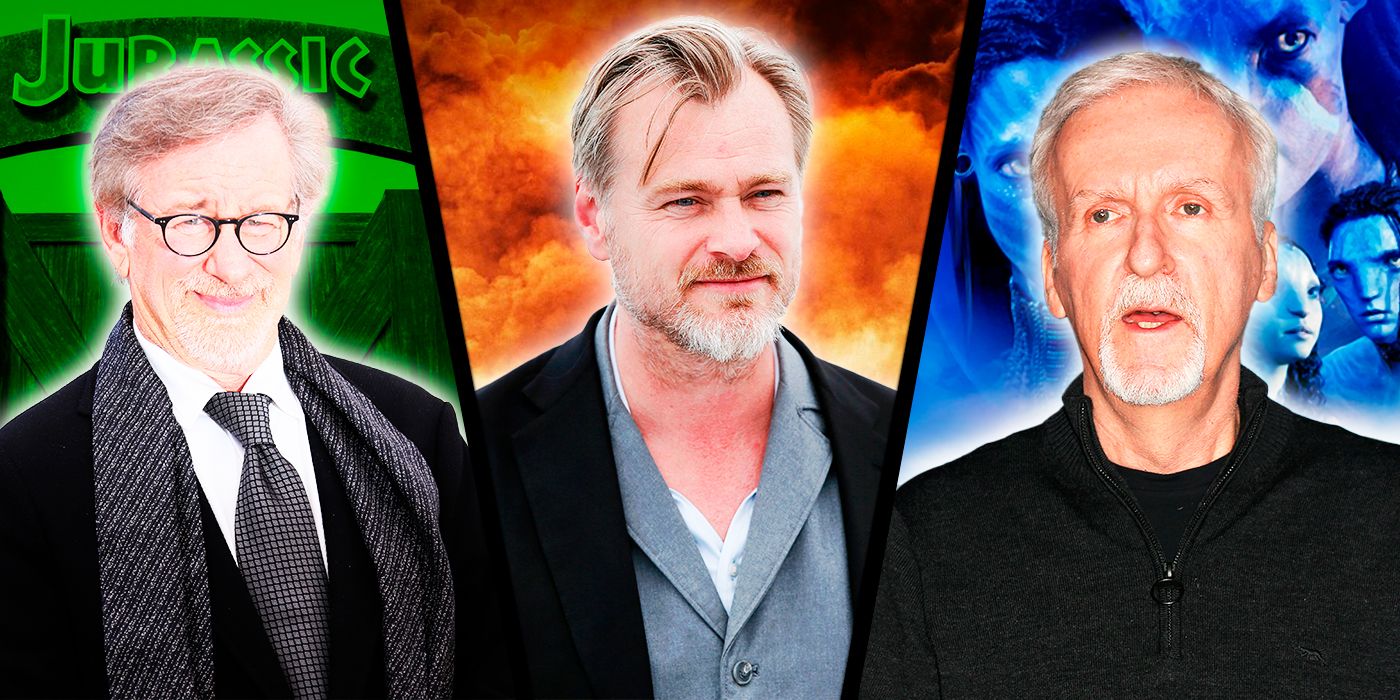
Related
10 Greatest Science Fiction Movie Directors Of All Time
Science Fiction has been popular on the screen since the 20th century and directors like Steven Spielberg and James Cameron are a big part of that.
8
The Original The War of the Worlds Is Superior to its 2005 Remake (1953)
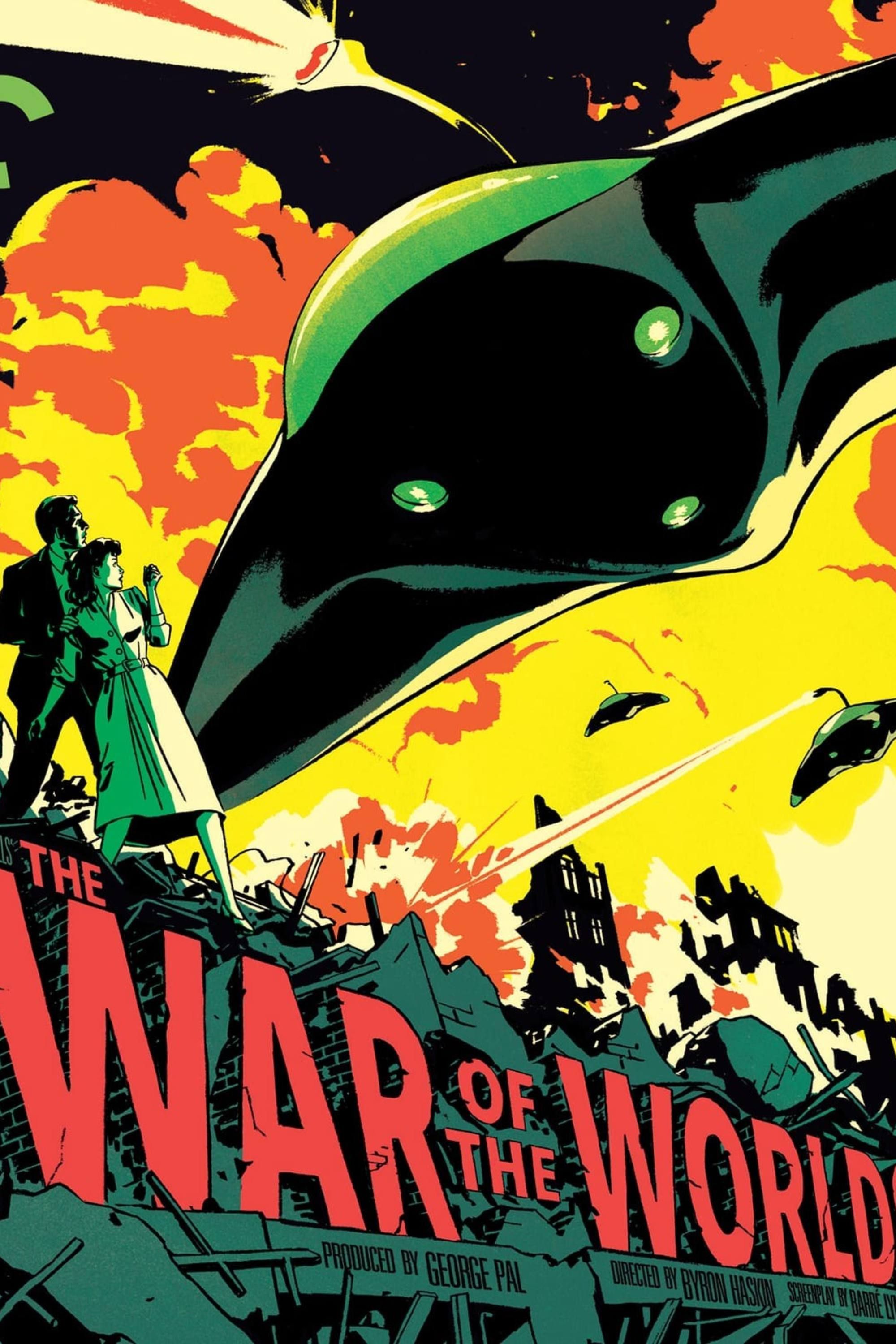
The War of the Worlds
- Release Date
-
August 26, 1953
- Runtime
-
85 Minutes
- Director
-
Byron Haskin
-

Gene Barry
Dr. Clayton Forrestor
-

Ann Robinson
Sylvia Van Buren
-

Les Tremayne
Maj. Gen. Mann
-

Robert Cornthwaite
Dr. Pryor
Based on H. G. Wells’ 1898 novel of the same name, The War of the Worlds is a science fiction action thriller directed by Byron Haskin. The War of the Worlds commences with the residents of a small town excited over the landing of a spacecraft. However, excitement quickly turns to fear when everyone realizes this is just the beginning of a full-scale attack on Earth.
Upon its debut, The War of the Worlds was a critical and commercial success. At the 26th Academy Awards, The War of the Worlds won the Oscar for Best Effects, Special Effects. The film also earned nominations for Best Sound, Recording, and Best Film Editing. In 2011, the Library of Congress selected The War of the Worlds for preservation in the National Film Registry. The American Film Institute voted the Martians the 27th greatest villain in American movie history. The organization also nominated The War of the Worlds for their list of 100 Years…100 Thrills. In 2005, Steven Spielberg directed a remake of The War of the Worlds. Despite Haskin’s version being the superior film, it only has 37,000 Letterboxd ratings. Spielberg’s version has 487,000 Letterboxd ratings.
7
The Beast from 20,000 Fathoms Started the Nuclear Monster Sci-Fi Subgenre (1953)
During the 1950s, nuclear monster movies became a popular subgenre of science fiction cinema. Godzilla remains the most popular nuclear monster movie to emerge from this era. However, before Godzilla, Eugène Lourié’s The Beast from 20,000 Fathoms birthed the nuclear monster movie. In The Beast from 20,000 Fathoms, a vicious dinosaur awoken by atomic bomb testing in the Arctic terrorizes the North Atlantic, and eventually, New York City.
Despite being produced on a small budget, The Beast from 20,000 Fathoms became a sleeper box office hit, finishing in 1953 as the eighth highest-grossing film in North America. Naturally, The Beast from 20,000 Fathoms’ enormous box office numbers led to the development of many nuclear monster movies. Godzilla is the most famous film that took heavy inspiration from The Beast from 20,000 Fathoms. Other notable nuclear monster movies include Them! and It Came from Beneath the Sea. The American Film Institute nominated The Beast from 20,000 Fathoms for their list of the best American science fiction movies. While Godzilla has 183,000 Letterboxd ratings, The Beast from 20,000 Fathoms has only 11,000.
6
Tarantula Is Jack Arnold’s Least Seen 1950s Science Fiction Movie (1955)
Jack Arnold is one of, if not the best science fiction director of the 1950s. Between 1953 and 1957, Arnold directed four science fiction classics; It Came from Outer Space, Creature from the Black Lagoon, Tarantula, and The Incredible Shrinking Man. Tarantula tells the story of a spider that escapes from a laboratory experimenting on gigantism. The spider eventually grows to an enormous size, wreaking havoc on an Arizona town.
Tarantula was a box office success upon its initial release. Whereas films such as Them! used giant ant props to achieve its special effects, Tarantula utilized real spiders in combination with matte effects to give the film a unique, more realistic aesthetic when compared to other monster movies of its era. Tarantula remains one of the best science fiction films of the 1950s. Currently, the film maintains a 93% score on Rotten Tomatoes. Unfortunately, Tarantula is the least seen of Arnold’s four most famous science fiction films, with only 13,000 Letterboxd ratings.
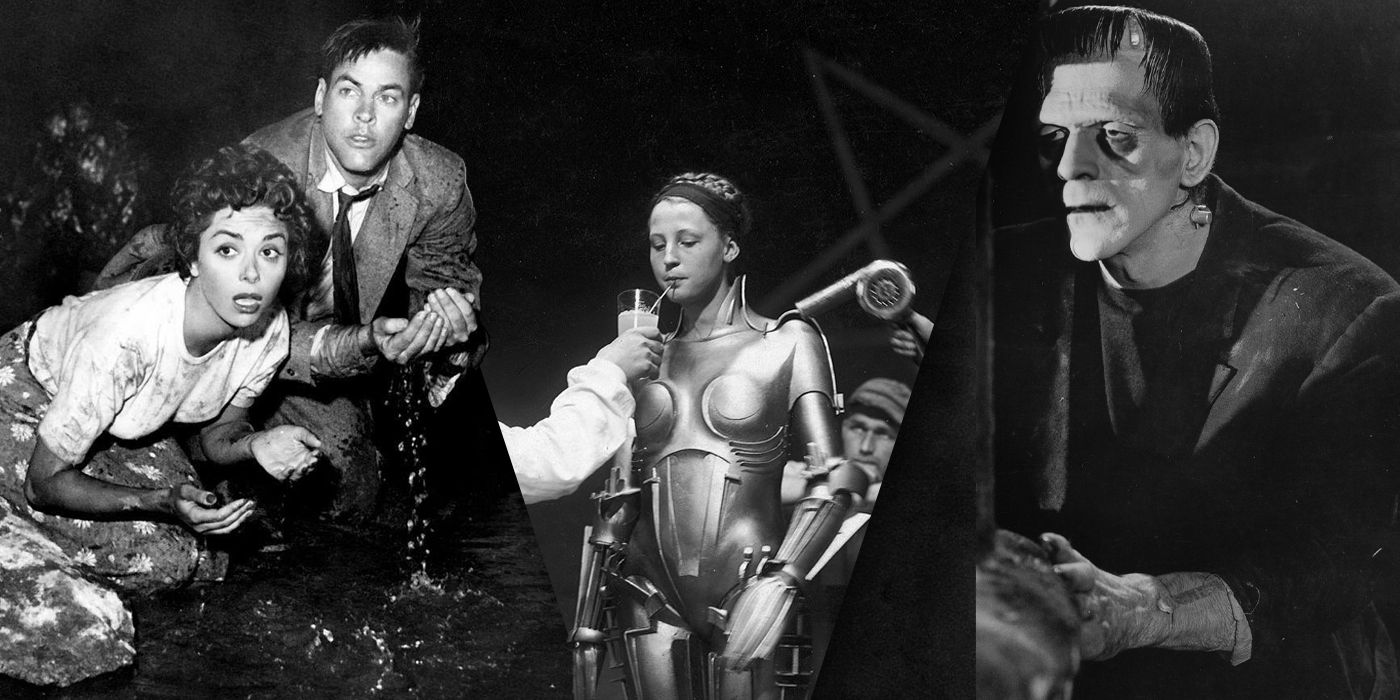
Related
10 Amazing Black-and-White Sci-Fi Movies That Still Hold Up
Black and white movies scare away some moviegoers, but there are some iconic black-and-white sci-fi films that still hold up.
5
Modern Audiences Have Forgotten About the Original The Fly (1958)
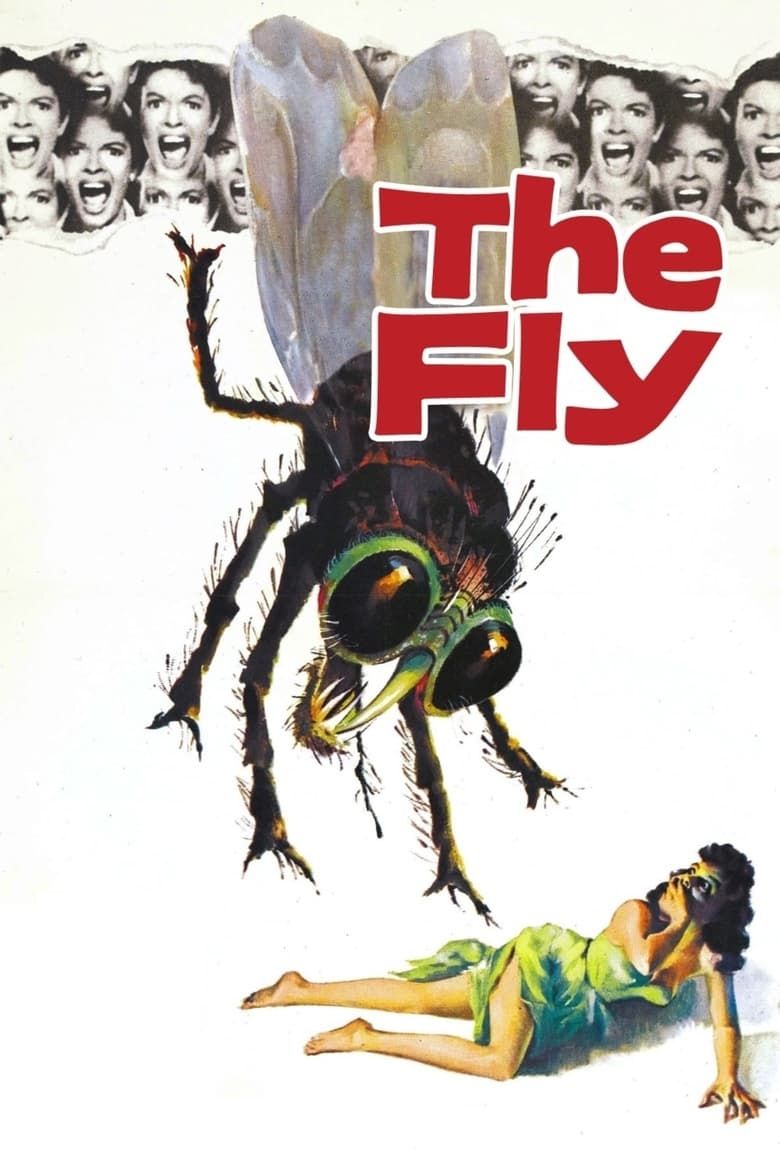
The Fly
- Release Date
-
July 16, 1958
- Runtime
-
94 minutes
- Director
-
Kurt Neumann
-

David Hedison
Andre Delambre
-

Patricia Owens
Helene Delambre
-

Vincent Price
François Delambre
-

Herbert Marshall
Insp. Charas
Directed by David Cronenberg, The Fly is widely considered one of the best science fiction horror movies of the 1980s. However, many people are unaware that Cronenberg’s The Fly is a remake of a 1958 film directed by Kurt Neumann. The Fly focuses on a scientist who has a horrific accident while working on a matter teleportation device. While experimenting, a fly entered the chamber of his machine, causing life-altering consequences.
The Fly was a massive box office success, grossing $3 million domestically against a budget under $500,000. At the Hugo Awards, an awards ceremony designated to honor science fiction literature and film, The Fly earned a nomination for Best Dramatic Presentation. The Fly’s success prompted 20th Century Fox to produce two sequels, Return of the Fly and Curse of the Fly. The American Film Institute nominated The Fly for their list 100 Years…100 Thrills. The organization also nominated The Fly’s quote, “Help me! Help me!” for their list of the greatest quotes from American movie history. Despite being a classic of 1950s sci-fi horror, modern audiences seem to have forgotten about the original The Fly. Cronenberg’s The Fly has 565,000 Letterboxd ratings, while Neumann’s The Fly has 46,000 Letterboxd ratings.
4
Alphaville Is An Underseen Jean-Luc Godard Classic (1965)
Alphaville
- Release Date
-
October 25, 1965
Throughout the 1930s and 1940s, Lemmy Caution appeared as a fictional character in nearly a dozen novels written by British crime novelist Peter Cheyney. In 1965, Jean-Luc Godard decided to create a film in which Caution was the lead character in a dystopian sci-fi Nouvelle Vague movie, titled Alphaville: une étrange aventure de Lemmy Caution. In the movie, Eddie Constantine plays Caution, a secret agent tasked with killing Professor von Braun, the creator of a malevolent computer that rules the city of Alphaville.
Alphaville, like many of Godard’s early works, opened to critical acclaim. At the Berlin International Film Festival, Alphaville won the Golden Berlin Bear. Godard’s previous employer, Cahiers du cinéma, named Alphaville 1965’s fifth-best movie. The Los Angeles Times’ Kenneth Turan wrote of the film, “Alphaville is more than quintessential Godard. Despite its age, it’s that rare science fiction film that doesn’t seem to have dated at all.” Some of Godard’s best-known works, such as Breathless, Pierrot le Fou, Vivre Sa Vie, Contempt, and Masculin Féminin all have over 100,000 Letterboxd ratings. However, Alphaville only has 86,000.
3
Woody Allen Combined Slapstick Comedy and Science Fiction for Sleeper (1973)
Sleeper
- Release Date
-
December 17, 1973
- Runtime
-
87 minutes
- Director
-
Woody Allen
- Writers
-
Marshall Brickman
- Producers
-
Charles H. Joffe, Jack Grossberg
Cast
-

Diane Keaton
Luna Schlosser
-

-

-

Before Woody Allen began directing more thought-provoking comedies in the late 1970s and 1980s, he excelled at making slapstick comedies. In 1973, Allen directed Sleeper, a science fiction comedy that paid homage to the silent era comedians Charlie Chaplin, Buster Keaton, and Harold Lloyd. Sleeper stars Allen as Miles Monroe, a health food store owner who, after a surgery goes wrong, enters a state of cryopreservation for 200 years. When two scientists illegally revive him, Miles becomes involved in the fight against an oppressive government.
Sleeper was a box office hit, grossing over $18 million against a $2 million budget. Acclaimed by critics, both the Hugo Awards and the Science Fiction and Fantasy Writers of America awarded Sleeper Best Dramatic Presentation. Sleeper also earned a nomination for Best Comedy Written Directly for the Screen by the Writers Guild of America. In 2000, the American Film Institute voted Sleeper the 80th greatest American comedy of all time. Steven Schneider included Sleeper in his book 1001 Movies You Must See Before You Die. On Letterboxd, Sleeper has only 48,000 ratings.
2
Starman Is An Overlooked John Carpenter Sci-Fi Romance Movie (1984)
Cult-favorite director John Carpenter is known for his science fiction and horror movies. Some of his most well-known science fiction movies include The Thing, They Live, Escape from New York, and Dark Star. However, an overlooked Carpenter science fiction movie is Starman. The film stars Jeff Bridges as an alien who takes the form of a widow’s husband and makes her drive him to his departure point in Arizona. Along the way, government agents and scientists try to intercept the two protagonists.
Despite positive reviews from critics, Starman was a box office bomb upon its debut in 1984. The film received an Academy Award nomination for Best Actor in a Leading Role. Starman also garnered two Golden Globe Award nominations for Best Performance by an Actor in a Motion Picture – Drama and Best Original Score – Motion Picture. At the Academy of Science Fiction, Fantasy & Horror Films Awards, Starman won Best Actor and earned nominations for Best Science Fiction Film and Best Actress. The American Film Institute nominated Starman for their lists 100 Years…100 Passions and AFI 10 Top 10 (Science Fiction). While Carpenter’s The Thing has over 1 million Letterboxd ratings, Starman has only 68,000.

Related
10 Big Twists That Ruined Otherwise Perfect Sci-Fi Movies
Science fiction has had many game-changing twists, yet some shocking reveals ruined great movies like Signs and War of the Worlds.
1
Save the Green Planet! Is An Important Sci-Fi Film from the New Korean Cinema Movement (2003)
New Korean Cinema is known for its genre-bending movies. Jang Joon-hwan’s Save the Green Planet! is a science fiction horror comedy crime thriller about a man, Lee Byeong-gu, who believes the world is on the verge of an alien invasion. To save the planet, Lee kidnaps his country’s leaders, who he believes are aliens, and tortures them on camera with the hopes of revealing the truth.
A definitive work of New Korean Cinema, Save the Green Planet! opened to rave reviews from critics in South Korea. Save the Green Planet! won three Busan Film Critics Association Awards, three Cine21 Awards, two Korean Association of Film Critics Awards, and three Grand Bell Awards out of nine nominations. Overall, Save the Green Planet! won 20 awards out of 28 nominations. Save the Green Planet! has only 15,000 Letterboxd ratings. An English-language remake directed by Yorgos Lanthimos and starring Emma Stone, Jesse Plemons, and Alicia Silverstone, titled Bugonia, is set to premiere in November 2025.


